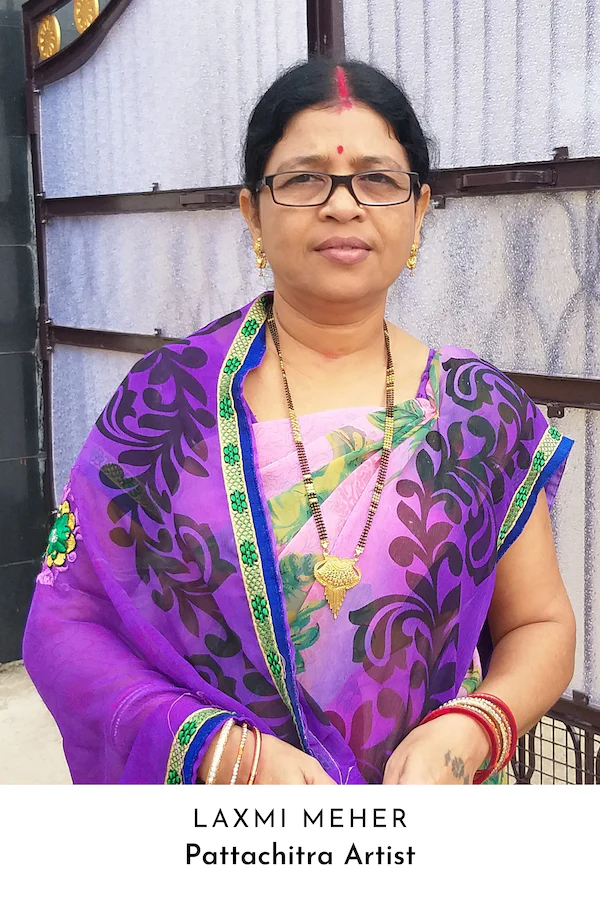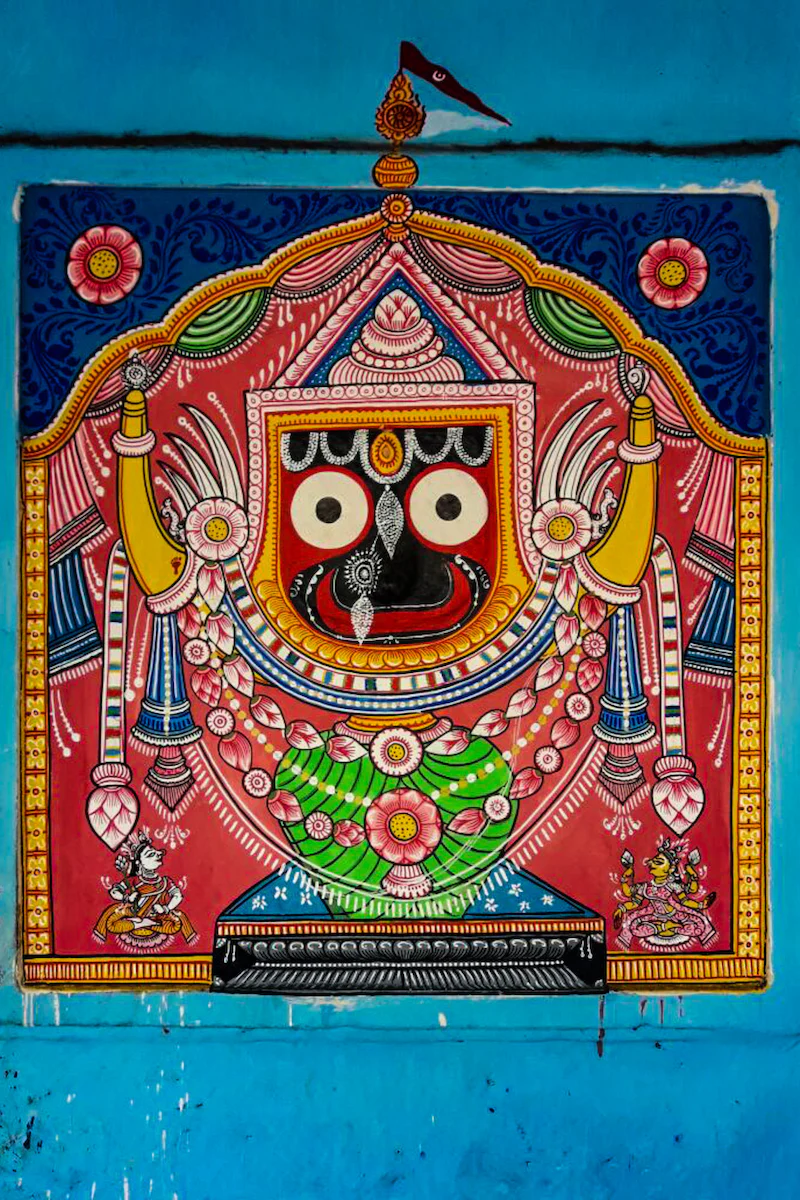Krishna y Balarama partiendo hacia Mathura | pintura pattachitra
- En stock
- Pedido pendiente, envío pronto
+ Use WELCOME5 to get 5% OFF on your first order
+ Use thanks10 and avail 10% OFF, for returning customers
- Envío a nivel mundial
- Pagos aceptados solo en INR
- Para cualquier ayuda, llámenos o envíenos un mensaje de WhatsApp al +91 95130 59900
Complementos rápidos
Descripción del Producto
Esta historia es del Bhagavatam sobre Krishna y Balarama partiendo hacia Mathura con Akrura, lo que deja a las gopikas y gopalas de Brindavan desconsoladas.
Entonces el Señor Mismo da gyan o conocimiento a todas las Gopikas y Gopalas de que incluso el amor por Dios que es en el propio interés de uno es mero egoísmo. Y así uno debe trascender el ego y el apego corporal para cultivar el Amor Desinteresado para alcanzar el estado de Bienaventuranza y Divinidad.
Akrura era un hombre de gran sabiduría y devoto del Señor Narayana. Sabía que Narayana se había encarnado como un pastorcillo de vacas, Krishna en Brindavan. Akrura era un alma altamente purificada sin apego corporal y ha perseverado durante innumerables vidas para alcanzar la Divinidad.
El tío materno de Krishna, Kamsa, también conocía esta verdad y, por lo tanto, eligió a Akrura para la tarea de invitar a Krishna a Mathura para asistir al Dhanur-Yajna, pero con un malvado plan para matarlo allí y gobernar indiscutiblemente para siempre. Kamsa se había dado cuenta de que Krishna y Balarama nunca vendrían a Mathura si los invitaba alguien que no fuera Akrura. El corazón de Akrura era tan puro que Dios nunca podría negarle nada.
Krishna y Balarama aceptaron la invitación y se prepararon para ir a Mathura. Al ver a Balarama y Krishna montando el carro de Akrura al día siguiente, las gopikas y gopalas bloquearon el camino, impidiendo así que Akrura les quitara a Krishna. No estaban preocupados por ningún daño que pudiera causar el malvado Kamsa; en cambio, su temor era que Krishna no pudiera regresar a Brindavan. Las gopikas y gopalas se ahogaron en tristeza.
Las gopikas dijeron que no deseamos ningún fin mundano. Te queremos para nuestra satisfacción mental. La gente desea varias cosas de Ti. Te rogamos por Ti.
Entonces Krishna les dio jnana para deshacerse del ego y el apego y reconocer la verdad sobre el Atma. " Aquel que existe en ti es 'Yo' y Aquel en mí es 'Yo' también. Ekovasi Sarva Bhoota Antar-aatma - El Único Dios existe en todos los seres. Así que, no te sientas triste. Es el deber de cada hombre. para cumplir el propósito para el cual el cuerpo es dado. Debemos ir a Mathura para cumplir nuestra Misión".
Gopikas y Gopalas tuvieron que admitir que mantener a Krishna en Brindavan fue un acto de egoísmo de su parte. Pero a pesar del jnana que acababan de escuchar, las gopikas y gopalas no pudieron trascender su ego y apego. Bloquearon el camino hacia el carro. Entraron en pánico y gritaron en voz alta: "¡Por favor, no te vayas! ¿Cómo podemos vivir? ¡Llévanos contigo!" Suplicaron de muchas maneras, incluso usando palabras duras sobre Akrura. Balarama y Krishna no querían prolongar su agonía. Avanzaron lentamente, sonriendo, bendiciendo y consolando todo el tiempo. Este incidente provocó unas horas de retraso.
- Esta pintura o chitra está pintada sobre un paño de Seda Tussar pura, lo que le da durabilidad y longevidad a la pintura.
- Es una obra de arte detallada hecha a mano por un artista auténtico de Odisha.
- Los estados indios de Bengala Occidental y Odisha tienen su propio estilo de pintar Pattachitras y difieren en el uso de motivos, y el gobierno le ha otorgado una etiqueta de indicador geográfico a cada estilo. de la India.
* Cuanto más fina es la obra de arte, más valor agrega a la pintura.
























